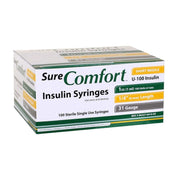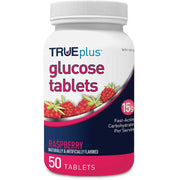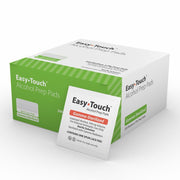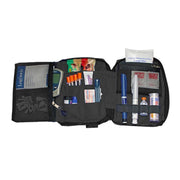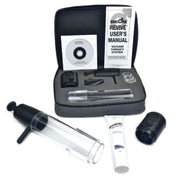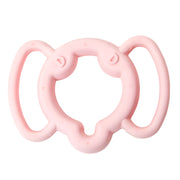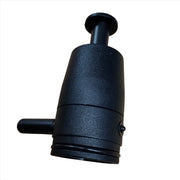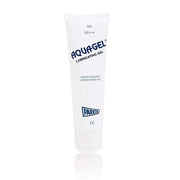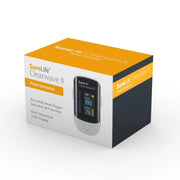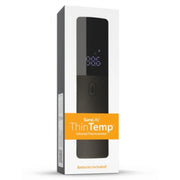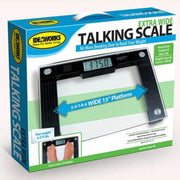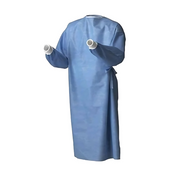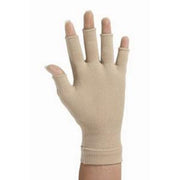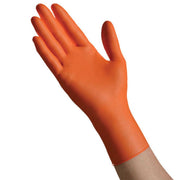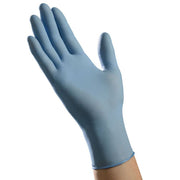Smith & Nephew Allevyn Gentle Border Heel Silicone Gel Adhesive Hydrocellular Dressing 23cm x 23-1/5cm
PRODUCT DETAILS
Smith & Nephew Allevyn™ Gentle Border Heel Silicone Gel Adhesive Hydrocellular Dressing 23cm x 23-1/5cm, Hydrocellular Pad, Triple-action Technology, Waterproof Outer Film
Allevyn™ Gentle Border Heel Dressing has an advanced, triple-layered construction which combines an absorbent, hydrocellular pad sandwiched between a perforated, silicone, gel adhesive wound contact layer and a highly permeable, waterproof, outer film.
Unique, shaped design with the large, upper lobes extending to cover the malleolus (the boney prominences of the ankle), providing wound management to the area, and extra cushioning and protection.
Can be lifted and repositioned without losing its adherent properties.
Optimal exudate management.
Easy to fit and can be left in place without the need for secondary retention, conforming well to the complex contours of the heel.
Unit of Measure Contents Sold By
Each (EA) 1 Each 1 Total (1 Each)
Box (BX) 5 Each 5 Total (1 Box of 5 Each)
Frequently Asked Questions (FAQs)
Q: What is foam dressing used for?
A: Foam dressings are used for moderate to heavily exuding wounds such as pressure ulcers, post-surgical wounds, diabetic ulcers, and traumatic wounds. They absorb fluid, protect the wound, and support healing.
Q: How often should foam dressings be changed?
A: Foam dressings are typically changed every 3 to 7 days or as needed depending on the amount of exudate. Always follow the wound care professional’s recommendations.
Q: How do foam dressings work?
A: Foam dressings absorb exudate while keeping the wound moist. They help prevent infection, reduce pain, and protect the wound from external contaminants.
Q: Can foam dressings be used on infected wounds?
A: Some foam dressings are formulated with antimicrobial agents suitable for infected wounds. Always consult with a healthcare provider before applying to an infected site.
Q: Are foam dressings suitable for dry wounds?
A: Foam dressings are typically not recommended for dry wounds because they are designed to absorb moisture. Hydrogel dressings may be more appropriate for dry or necrotic wounds.
Q: Do foam dressings stick to wounds?
A: Non-adherent foam dressings do not stick to wounds and are gentle during removal. Adhesive foam dressings stick around the wound, not directly on it.

